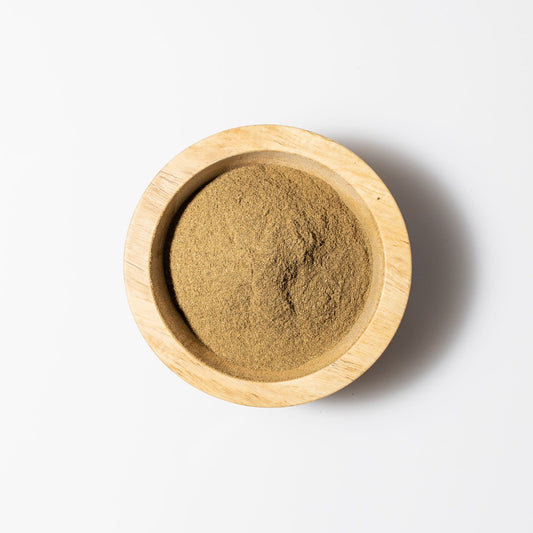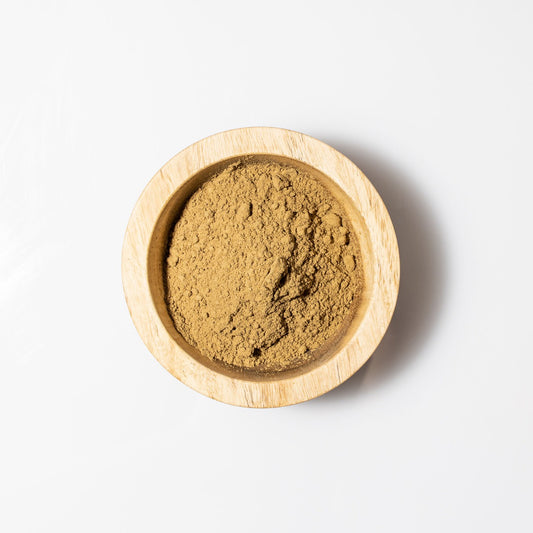One of the eight branches of Ayurveda is psychology. Ayurveda emphasizes how the body, mind, and spirit are interwoven, and when your mind is agitated, it inevitably has an impact on your doshas. The converse also applies. How can you fully be at peace mentally when you are not physically well?
One of the seven levels of the pulse has to do with manas vikruti, or your mental imbalance, and a skilled Ayurvedic pulse reader can tell if any doshas are disturbed at this level. When vata is imbalanced, you can experience fear, anxiety, and nervousness. You may also feel very lonely. If your pitta is aggravated, then you may feel angry, bitter, judgmental, and resentful. No one can hold a grudge like pitta can! When your kapha is disturbed, you feel a heavy type of depression, attachment, lethargy, and possessiveness. It's difficult to get motivated.
A time proven method to calm the mind and the senses is meditation. The word meditate comes from a Latin root which means “to contemplate, plan.” A daily contemplation can do your mind a world of good!
How do you begin meditating? It's easier than you think. Here are some simple guidelines to consider before you begin.

- Set a consistent, daily time to meditate. It gets your body and mind into regular patterns. Typically, the “sandhi” or juncture points of the day—sunrise and sunset—are best suited for reflective practices. Mark a time for it in your daily calendar so that you don't forget.
- Have a regular place where you meditate. It can be a chair, the ground, or a particular room. The location you choose will become a storehouse of your energy.
- If possible, meditate while sitting on a wool (or other natural fiber) asana. An asana is a cloth or other piece of fabric on which you sit. If you meditate while seated on the same cloth, it will preserve your spiritual energy and enable you to have a deeper meditation each time around.
- Turn off all your electronic devices and any other distractions which may interrupt your meditation. If there are others present in your home, tell them that you don't wish to be disturbed for a fixed period of time.
- You may choose to begin with a pre-determined length of time for meditation. It can be a short period, for example fifteen minutes. Set a timer if you'd like, so you're not constantly looking at the time. You may eventually lengthen this time.
Now That You're Ready, Let's Begin
Sit on your asana and close your eyes. Don't cross your legs if you are seated on a chair. If you are sitting on the floor, sit cross-legged in Lotus Pose (Padmasana). Posture is very important as the spiritual energy moves through the spinal column. Elongate your spine as if someone is gently pulling an invisible string straight from the crown of your head. Make sure your back is straight and that you are not slouching your shoulders. To feel more comfortable, you may use a pillow under your asana or behind your back.
Focus on your breath. Breathe in and out your nose, and direct the inhalation so that it is deep belly breathing. Shallow breathing won't support proper respiration or oxygenation of the blood. You can also choose to repeat a mantra with each inhalation and exhalation. Alternately, you can utilize a word or a quality for each breath. For example, you may breathe in “peace” and breathe out “joy.” Your hands can rest face up on top of each other or face down on your thighs or knees. Do what feels most comfortable.
Thoughts will arise. Witness them like clouds in the sky or floating bubbles or snowflakes. Then return to your breath. Don't follow the train of your thoughts. It's important not to judge yourself for being distracted by your thoughts. As time passes, the thoughts will lessen. At the start, you may have to put up with a busy “monkey mind.”
When you are finished meditating, gently open your eyes. Perhaps you'd like to journal briefly as to what insights or feelings arose while you were meditating. Don't edit or censor what came up for you. This is how your mind can free itself from unhealthy patterns.
Acknowledge. Recognize yourself for taking the time to engage in this sacred practice, and resolve to do it again the next day.
Over time, you will notice how much more still and calm the mind is during the day. You can also practice focusing on your breath when you are involved in a tense situation at work, home, or socially. Use the breath as a support for your walking meditation in daily life.
To further support your meditation practice, you may want to take herbal supplements daily such as Tranquil Mind tablets or Focus liquid extract. You can also use Bhringaraj Oil on the soles of the feet and the scalp at bedtime. This helps quiet the mind and supports a more restful sleep. Regular use of Nasya Oil lubricates the nasal passages which lead to the brain. This allows you to breathe freely and easily and have a deeper meditation.
It is a new year and the perfect time to start building healthy habits, right?! So try adding meditation into your schedule, and make it part of your Ayurvedic daily routine.









